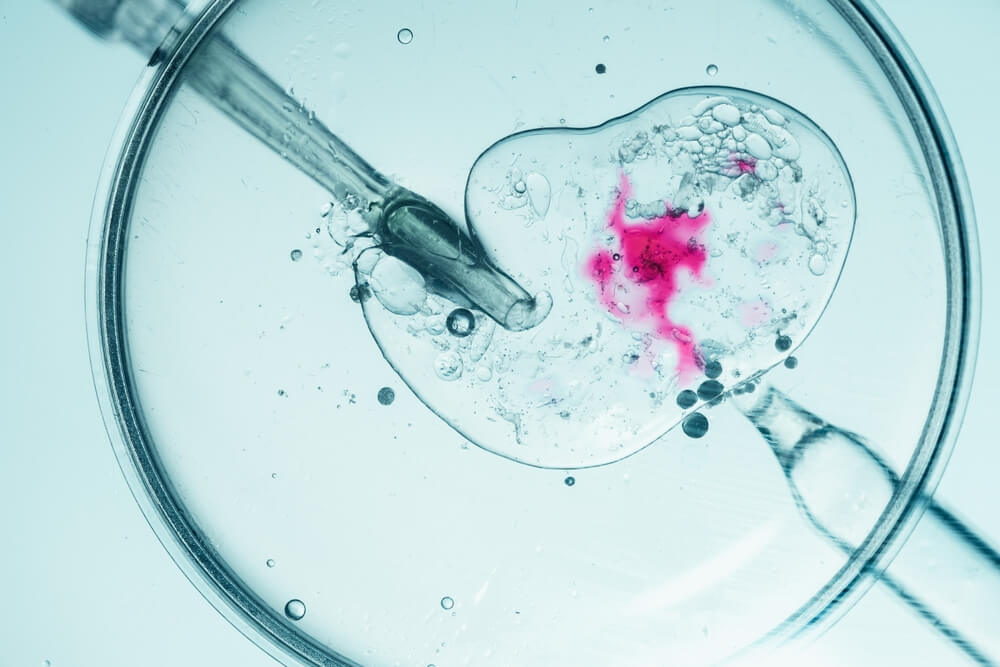UFE vs. Myomectomy: Comparing Procedures, Recovery, and Risks
August 15, 2024
Medically reviewed by Anup Singh M.D., and Rajeev Tandon M.D.

What Is Uterine Fibroid Embolization (UFE)?
UFE is a non-surgical, minimally invasive procedure that is increasingly becoming the preferred choice for treating uterine fibroids. Unlike traditional surgical options, UFE works by blocking the blood flow to the fibroids, causing them to shrink and often disappear over time. This procedure is performed through a small pinprick in the wrist or groin, requires no general anesthesia, and allows patients to recover at home.What is a Myomectomy?
A myomectomy is a more invasive surgical procedure that involves the removal of fibroids from the uterus. It requires general anesthesia and often involves a hospital stay. While it can be effective, particularly for women with large or numerous fibroids, the risks and recovery time are significantly greater compared to UFE.Comparing UFE vs. Myomectomy
When considering UFE vs. myomectomy, it’s important to compare several key aspects, including the recovery process, risks and complications, impact on fertility, and recurrence rates of uterine fibroids.The Recovery Time and Process

UFE
Uterine fibroid embolization is an outpatient procedure typically lasting about 30 minutes. Most patients go home within a few hours and can resume normal activities within a week. The procedure is minimally invasive, with recovery involving some pelvic discomfort and flu-like symptoms for a few days. However, patients can walk the same day and care for themselves at home.Myomectomy
Myomectomy, being a surgical procedure, involves a longer recovery time. Depending on the type of myomectomy performed, recovery can range from 2-4 weeks for laparoscopic or hysteroscopic procedures to 4-6 weeks for an abdominal myomectomy. Hospital stays are often required, and the recovery process is more intense, with greater discomfort and a longer period before returning to normal activities.The Risks and Complications
UFE
As a minimally invasive procedure, UFE carries a lower risk of complications. The most common issues include mild pelvic pain and a low risk of infection. There is a small chance of entering menopause in women over 45, but serious complications are rare. UFE’s non-surgical nature means no large incisions, which reduces the risks of bleeding, infection, and organ damage.Myomectomy
Myomectomy, being more invasive, carries higher risks. These include the potential for significant bleeding, infection, blood clots, and even damage to the uterus or surrounding organs. The more invasive the surgery, the greater the risk of these complications, making it a more complex and risk-laden option.The Impact of Each Procedure on Fertility
UFE
While there is some debate about the impact of UFE on fertility, studies suggest that it may actually improve fertility in some cases by shrinking fibroids and making conception easier. UFE’s minimally invasive nature means less risk of uterine damage, which can preserve fertility.Myomectomy
Myomectomy is often recommended for women who wish to retain their fertility, as it directly removes fibroids. However, the invasiveness of the procedure can increase the risk of scarring or damage to the uterus, which might affect future fertility.
